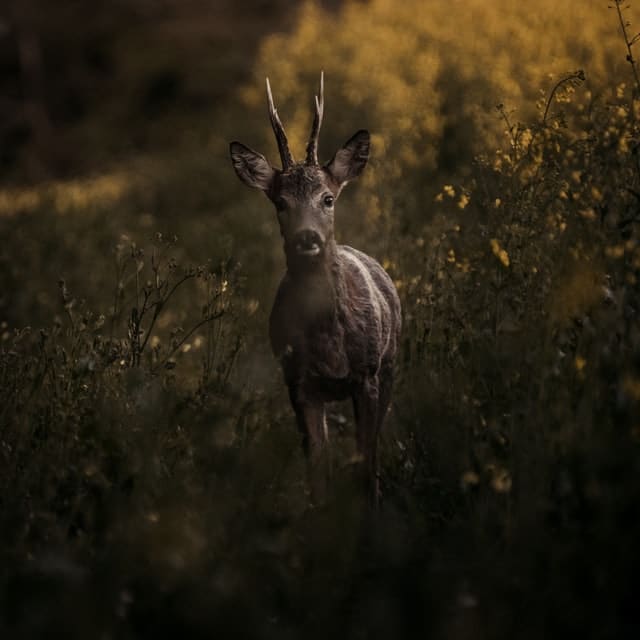

Conclusionĭeer are amazing creatures that have adapted a variety of different feeding patterns to fit their environment. This is also when they begin to get back to their crepuscular activity pattern and crepuscular hours (those hours after sunset and before sunrise). They keep browsing open fields but are looking out specifically for plants rich in nutrients such as nuts or acorns that will help give their body fat over the colder months ahead.Ĭome springtime new vegetation growth helps make them even more active compared with other times of the year, such as during the summer months or winter months. For example, food is harder to find in winter and cold weather, so they get ready for this by being even more active than usual during the autumn.įall (or cooler weather) coincides with the mating season, which is when you’re more than likely to see them feeding during the day as well. The time of year doesn’t just affect your mood it can also affect deer feeding schedules. One thing they’ll do is forage for food often found in open areas and fields, then dart into safety where a thicket or forest will offer them protection from potential predators and harsh winds alike. Deer can feed any time during the day, but since they are prey animals, they’re more likely to enjoy the cover of darkness rather than daylight. To get enough to eat, deer have to take risks that can be deadly to survive. But don’t be surprised if even big bucks plop down in relatively open areas of quality cover, too, especially in their preferred spots, aware of the scent of humans and other predators.įor deer, food is a precious commodity.

If there’s dense cover nearby, you’ll see them gravitating towards it. Once dawn passes and as the day heats up, deer will take a moment to rest where they were eating. They are always aware of the other deer and predators around them. So if deer tend to eat or mate during the night, what do they do during the day? Deer will often spend their days in a heightened state of awareness. This is just one of the different types of noises that deer make. When a deer spots a predator, it will make his distress known with an ear-splitting snort so the other deer understand what has happened and can take off if needed. The nocturnal creatures spend their days hiding in dense brush and don’t take any chances when it comes to sleep–they only doze off for shorter periods, always aware that one loud noise could mean death. The deer’s natural fear of predators keeps them safe during the night. They can move much more frequently with little disturbance for any possible predators lurking nearby, waiting for an opportunity to strike.ĭo Deer Sleep at Night or During the Day?ĭeer are known to sleep both during the evening hours and the daytime hours. In winter months, they prefer sleeping in direct sunlight because it helps them stay warm when the evening time comes around, their pattern changes completely. Deer are a bit more irregular, preferring to fall asleep during the day and usually staying awake at night. The sleep schedule of deer differs from that of most other animals.

Technically, though, deer are neither nocturnal nor diurnal but rather a crepuscular creature, meaning they are mainly active during the twilight hours. So depending on how you look at it, deer could have characteristics of both diurnal animals (active during daytime) and nocturnal animals (active at night). You often see deer (both female deer and mature buck) in broad daylight because they take advantage of hours where there is less risk from predators, less hint of danger, and can eat without fear of being eaten themselves, thanks to their sense of smell. However, deer have several adaptations to help them avoid predators when they’re at their most vulnerable during the day, such as unique coats or camouflage. It turns out that all species of deer, including white-tailed deer, do exhibit some nocturnal tendencies. Do Deer Sleep at Night or During the Day?įirst things first are deer nocturnal? Unfortunately, there is no simple answer for these cautious animals.


 0 kommentar(er)
0 kommentar(er)
